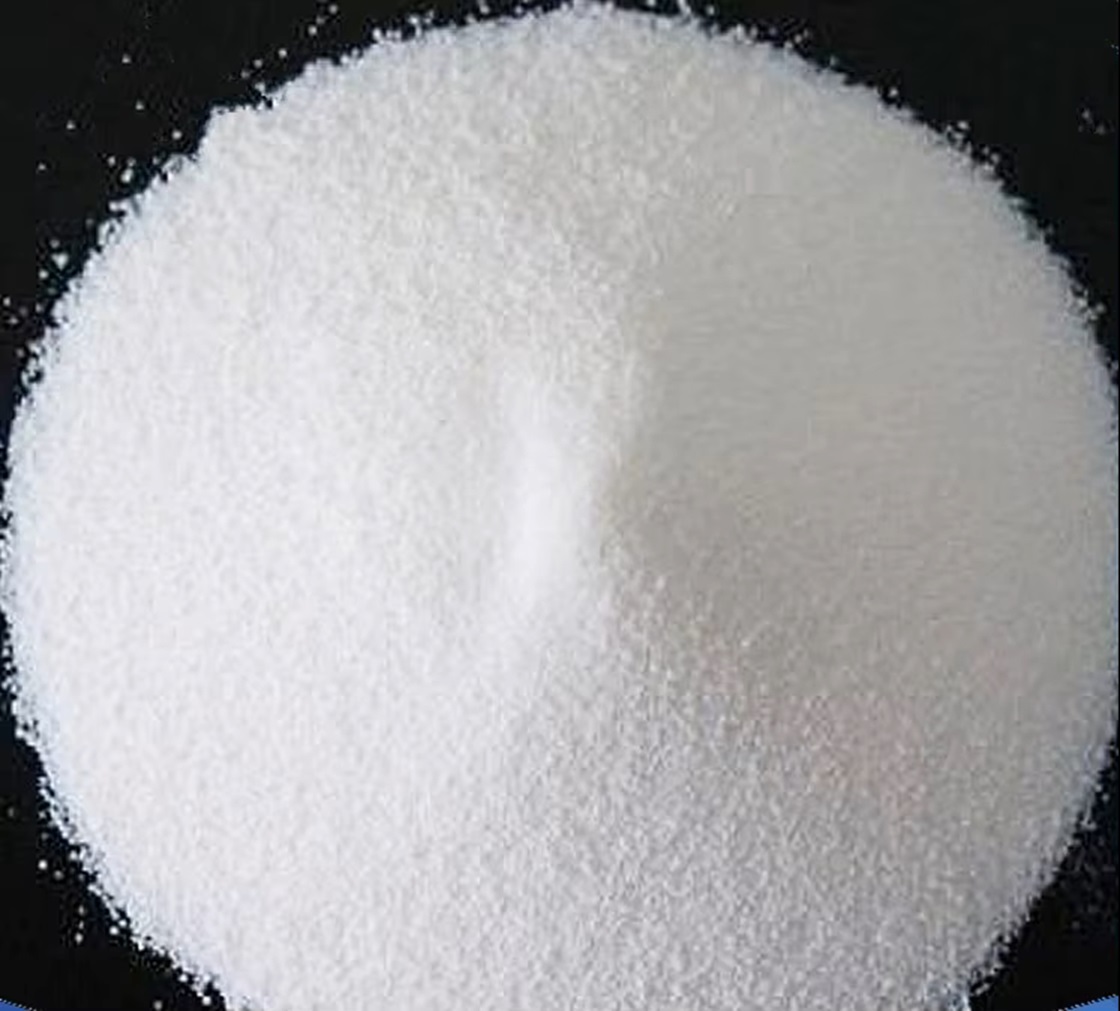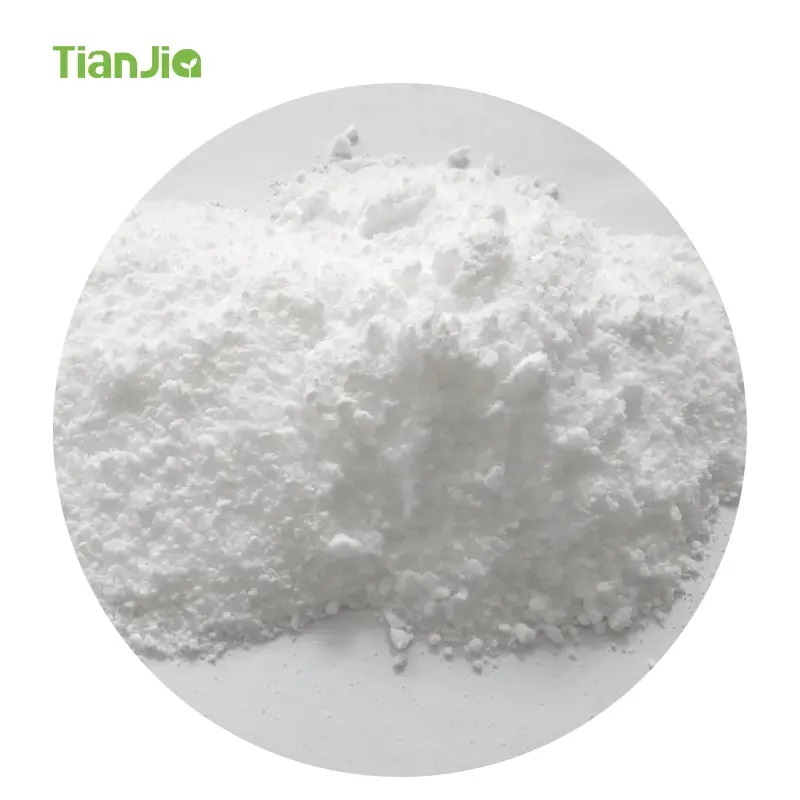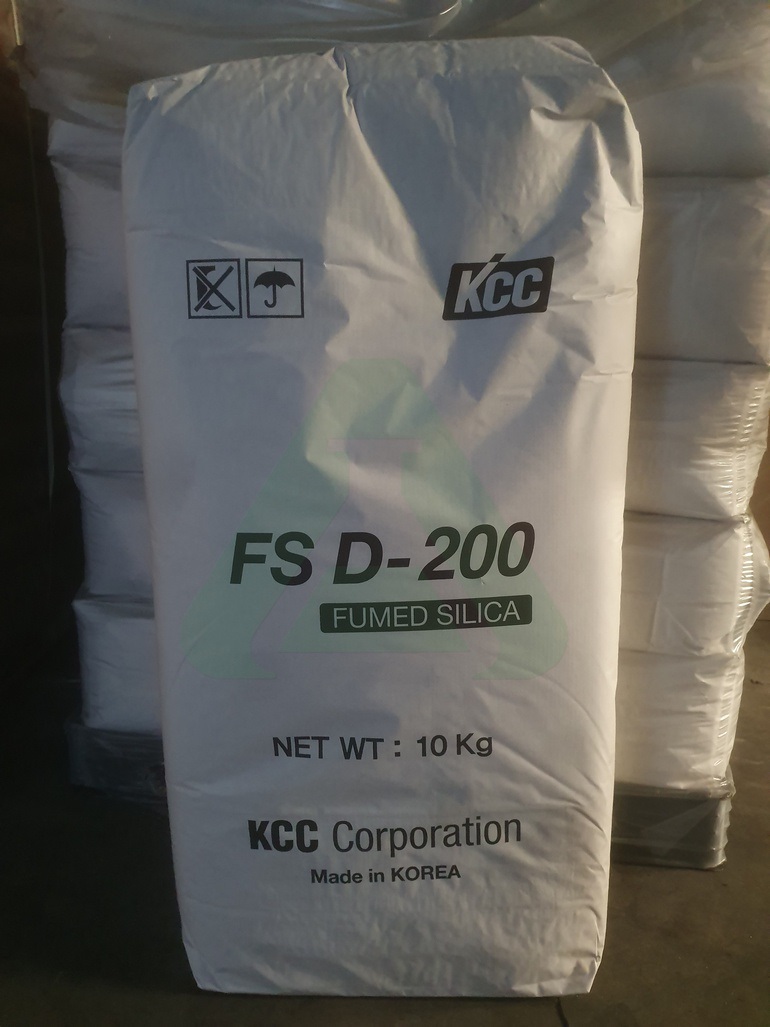We unleash your business potential by maximize the business innovation.
Send EmailE551, Silica, Fumed Silica, Silicon Dioxide 200, Silicic Oxide, AEROSIL 200, Pyrogenic Silica, Silicone, Quartz, Cabosil, 14808-60-7, 112945-52-5, 60676-86-0, 7631-86-9, 99439-28-8
Silica, also known as silicon dioxide (SiO₂), is a naturally occurring mineral found in various forms such as quartz, sand, and opal. Here are some key details about silica:
General Information
-
Description: Silica is a compound made up of silicon and oxygen atoms. It is one of the most abundant minerals in the Earth's crust.
-
CAS Number: 7631-86-9.
Physical and Chemical Properties
-
Appearance: Transparent or white solid.
-
Density: 2.648 g/cm³ (α-quartz), 2.196 g/cm³ (amorphous).
-
Melting Point: 1,713°C (3,115°F).
-
Boiling Point: 2,950°C (5,340°F).
-
Solubility: Insoluble in water but soluble in hydrofluoric acid.
-
Chemical Formula: SiO₂.
Other Names
-
Quartz: The most common form of silica.
-
Silicon Dioxide: The chemical name for silica.
-
Silicic Oxide: Another chemical name for silica.
Common Names
Silica is commonly referred to as "sand" or "quartz" in everyday language, especially when found in its natural form.
Uses
-
Construction: Used in the production of concrete, glass, and ceramics.
-
Electronics: Used in the manufacturing of semiconductors and microchips.
-
Health and Beauty: Used in cosmetics and as a food additive.
-
Industrial Applications: Used as a desiccant (silica gel) and in the production of silicon-based materials.
Silica, also known as silicon dioxide (SiO₂), is a naturally occurring mineral found in various forms such as quartz, sand, and opal. Here are some key details about silica:
General Information
-
Description: Silica is a compound made up of silicon and oxygen atoms. It is one of the most abundant minerals in the Earth's crust.
-
CAS Number: 7631-86-9.
Physical and Chemical Properties
-
Appearance: Transparent or white solid.
-
Density: 2.648 g/cm³ (α-quartz), 2.196 g/cm³ (amorphous).
-
Melting Point: 1,713°C (3,115°F).
-
Boiling Point: 2,950°C (5,340°F).
-
Solubility: Insoluble in water but soluble in hydrofluoric acid.
-
Chemical Formula: SiO₂.
Other Names
-
Quartz: The most common form of silica.
-
Silicon Dioxide: The chemical name for silica.
-
Silicic Oxide: Another chemical name for silica.
-
Fumed Silica: Silica with a high surface area.
-
Pyrogenic Silica: Silica produced at high temperatures.
-
AEROSIL: A commercial brand name.
-
Cabosil: Another commercial brand name.
Common Names
Silica is commonly referred to as "sand" or "quartz" in everyday language, especially when found in its natural form.
Uses
-
Construction: Used in the production of concrete, glass, and ceramics.
-
Electronics: Used in the manufacturing of semiconductors and microchips.
-
Health and Beauty: Used in cosmetics and as a food additive.
-
Industrial Applications: Used as a desiccant (silica gel) and in the production of silicon-based materials.
These details provide a comprehensive overview of silica and its significance in various industries.
Is there anything else you'd like to know?
E 551 (AEROSIL 200), also known as silicon dioxide and silica, is a silicon oxide with the chemical formula SiO2, most commonly found in nature as quartz and in various living organisms.
In many parts of the world, E 551 (AEROSIL 200) is the main component of sand.
E 551 (AEROSIL 200) is used as a component in structural materials, microelectronics (as an electrical insulator), and in the food and pharmaceutical industries.
Molecular Formula (Aerosil 200): SiO2
Molecular Weight: 60.08 g/m
Chemical Name: Silicon Dioxide
CAS Number: 112945-52-5
It is a volatile chemical substance with a very low density. Since it has hydrophilic properties, it has the ability to absorb water from the environment it is in.
Fumed silica is a powder consisting of amorphous silica spheres with a particle size smaller than microns.
Physical and Chemical Properties:
In terms of physical appearance, its non-crystalline form is transparent or gray. It has an amorphous powder appearance. It has no odor.
Its particle size is submicroscopic fumed silica.
Its melting point is over 1600 ° C.
In terms of solubility, it is generally insoluble in organic solvents and acids. However, due to its structure, it dissolves in hydrofluoric acid. It also dissolves in the presence of hot alkali hydroxide, that is, in hot sodium hydroxide.
Aerosil 200 is approximately 150 mg/L in water at 258 °C. However, the pH level should be approximately 7 in this process.
Aerosil 200 Usage Areas:
It is used to fill tablets and capsules in pharmaceutical applications due to its low particle size and large surface area. The purpose of use in these applications is to regulate the habits of dry powders.
Silicon dioxide in colloidal structure is used to stabilize some chemical mixtures. It is also used to thicken and suspend gels and semi-solid preparations.
It is a very good thixotropy agent.
It is used to prevent clumping and increase fluidity in disposable tea packages.
Fumed silica is added to epoxy binder systems. In this way, moisture problems that may arise during the hardening of the epoxy are eliminated.
Colloidal silicon dioxide can be used as a tablet disintegrant. It is used as an adsorbent dispersant in some application areas.
It is an important component of silicone rubber products. Therefore, when Fumed Silica is added to polymers, it provides an interface between the solid phase and a soft phase.
During the sucking of the calf from milk fans, bacterial infections occur in the animal's udders. Due to this problem, it needs to be disinfected. Silicon Dioxide is used for this.
Silicon dioxide can be used as a thickening agent during the production of hair curling medicine.
Silicon dioxide is used as an anti-sagging agent. In addition, it is used to prevent sedimentation.
Silicon is used in solar cells. The silicones in these areas have their own characteristics. Therefore, silicon specific to solar cells is produced. In this production, there is an oven using an arc reactor. In this oven, reduction is made with active carbon.
It is used in the production of some adhesives and sealants.
Fumed Silica is used as an anti-caking agent in toothpaste production. It is used in the formulation of paint remover products to ensure good adhesion on paint surfaces. In this way, viscosity is increased.
Other Areas of Use of Aerosil 200:
It is used in the production of unsaturated polyester resins.
Fermentation can proceed in a controlled manner during wine production. Fermentation release agents are used for this. There are active ingredients that will release nitrogen in this. Silicon Dioxide is used for stable release in these products (tablets).
Pure silicon dioxide is used in the production of first generation solar cells. Pure silicon dioxide is obtained by the floating zone technique.
It is used together with maltodextrin in the production of powder essence.
Hydrophobic silica is used in the production of silicone-based defoamer. In other words, its form that has water-repellent properties is used.
Silicon Dioxide (Aerosil 200) is used in the production of aquarium accessories to prevent the dispersion of paints used in the production of these accessories.
It is used in the production of Silica Microcrystalline cellulose for wet granulation. Its binder and diluent properties are used in the production of Microcrystalline Cellulose here.
Silicon Dioxide is used in the production of aluminum-coated effect pigments resistant to corrosion and abrasion in paints used in the automotive sector and industrial coatings.
It is used together with L-Carnitine and L-Tartaric Acid in the production of chewable tablets produced for sports nutrition.
Used with isopropyl alcohol to create smoke in battle scenes in film studios.The share is used to create smoke.



